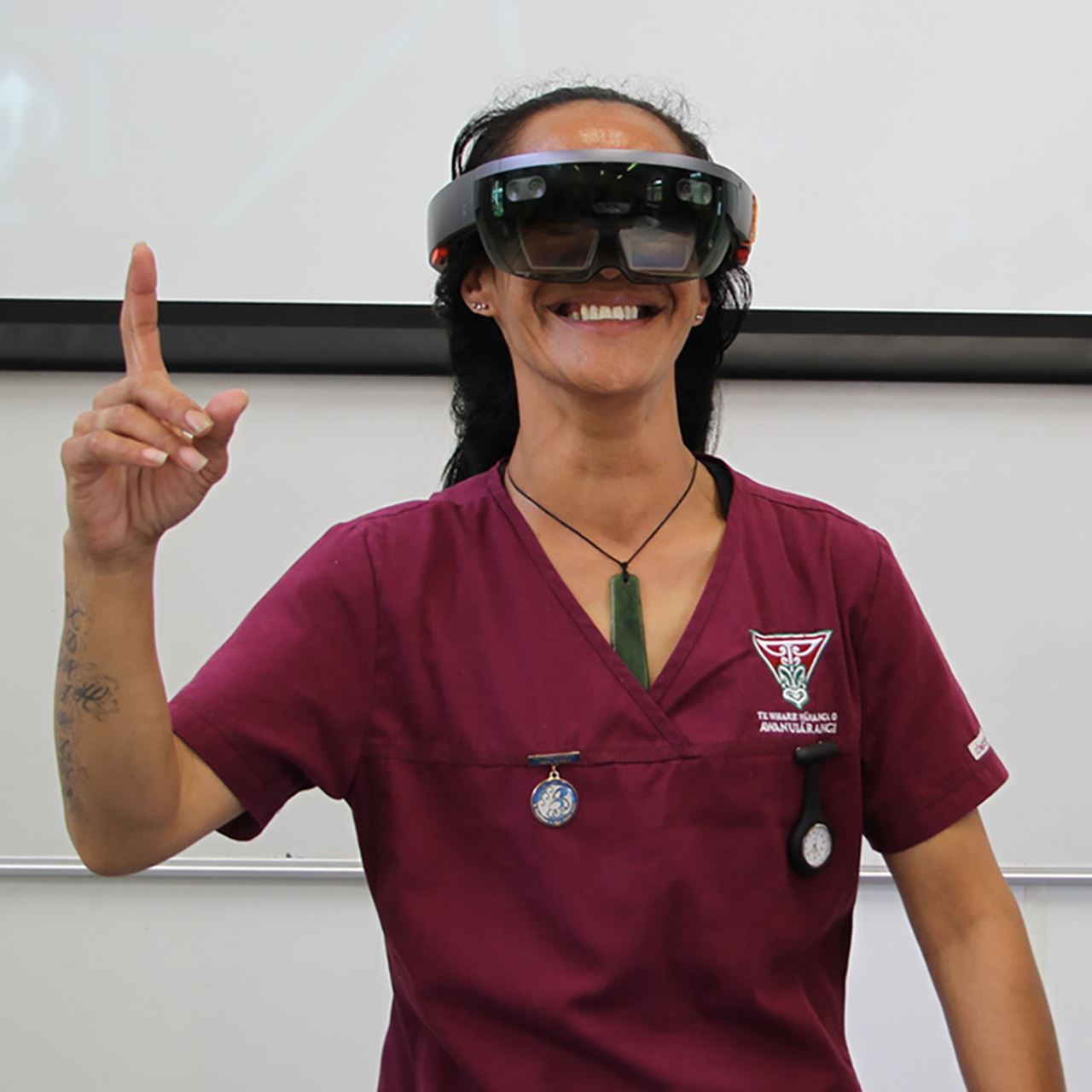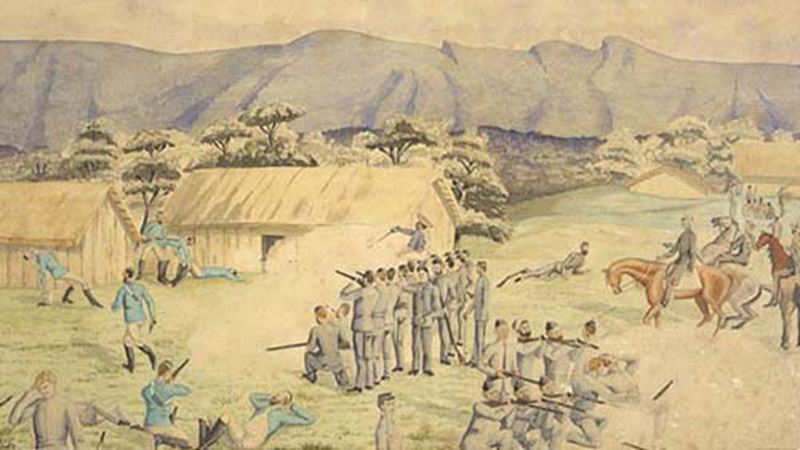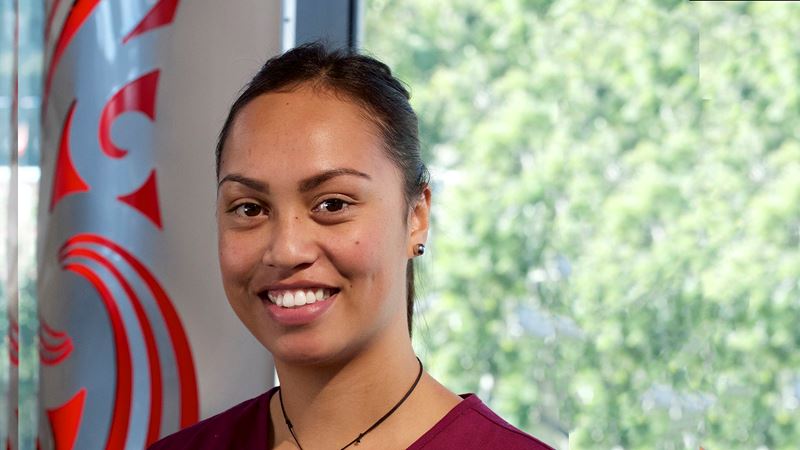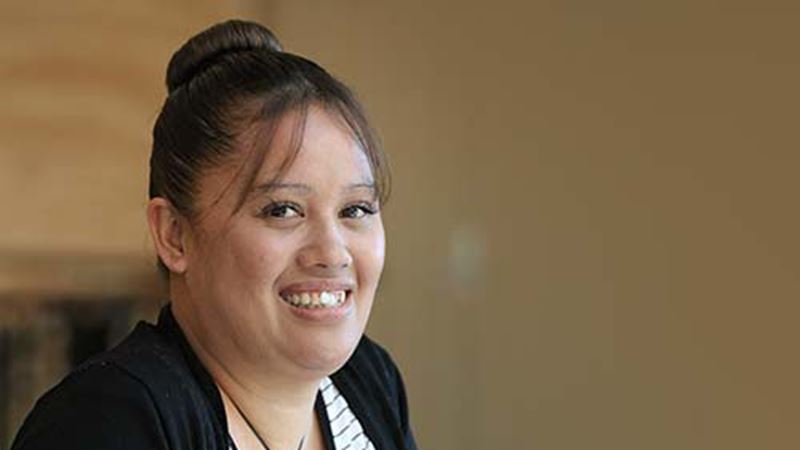Hologram patients used to train student nurses

Nursing students training at indigenous tertiary institution Te Whare Wānanga o Awanuiārangi will use hologram patients to practise critical assessment and care, and virtual humans to study anatomy and physiology.
Nursing students training at indigenous tertiary institution Te Whare Wānanga o Awanuiārangi will use hologram patients to practise critical assessment and care, and virtual humans to study anatomy and physiology.
Next year’s record number of 90 nursing students in Whakatāne will be the first in Aotearoa to use state-of-the-art augmented reality (AR) technologies across all threeyears of the Bachelor of Health Sciences Māori Nursing programme.
AR technologies are being trialled around the world for surgical simulation and training, diagnostic imaging, patient care and rehabilitation. Using Microsoft HoloLens devices, Awanuiārangi will be the first nursing school in the country to integrate AR learning across the entire curriculum. The technology will be used in Awanuiārangi laboratories, clinical spaces, and lecture rooms.
Director of Nursing & Health Science at Awanuiārangi, Associate Professor Dr Deborah Rowe, said the AR technology enables interactive learning by allowing students and lecturers to interact with holograms as they are studying.
“This technology is at the cutting edge of learning. It generates a hologram of a human body, which is a breakthrough tool for studying anatomy and physiology and the 6500 individual structures of the various body systems, such as skeletal, muscular, arterial, venous, lymphatic, nervous, respiratory, digestive.
“A student wearing a HoloLens headset can carry out dissection, walk into the heart, go down the larynx, travel into and examine all parts of the anatomy and body system structures.”
The technology also creates a hologram patient in a unique immersive virtual experience that includes different simulations for medical and healthcare education. Virtual patients provide a range of clinical scenarios and associated symptoms and vital signs to create an enhanced learning environment. The scenarios include burns, heart failure, stroke, trauma, shock, asthma and domestic violence.
What the HoloLens wearer experiences can be projected onto screens in the lecture room for other students to observe and learn from.
“This education tool will radically alter the way we teach our tauira (students),” Dr Rowe said. “Many are kinesthetic and hands-on learners. Research shows that active learning increases understanding of what has been taught more effectively than just reading a textbook. This technology will assist our students with clinical language development, observation and assessment, and critical thinking and decision-making.”
The UK developer, Pearson, is looking at building more scenarios, and has asked Awanuiārangi to help develop cultural competency programmes.
Awanuiārangi lecturers are intensively training this week and will integrate the technology across all three years of the curriculum. More than 50 nursing students are enrolled for first-year studies, and 40 second and third-year students are enrolled. Awanuiārangi will next year offer on-site accommodation for nursing students.
Dr Rowe said the growth in student nurse enrolments reflects confidence in the programme.
“Our graduates are now out in the national workforce, demonstrating both cultural and clinical competence. Their confidence and standing as healthcare professionals is creating momentum in the healthcare community and is wider than Whakatāne. The programme is meeting learning needs, is forward thinking in its innovative ways of teaching, and is producing nursing graduates who are both culturally and clinically competent – this is the point of difference.
“I’m excited that Awanuiārangi is fully supporting this nursing school. We’re developing a centre of excellence here and increasing the Māori workforce to improve healthcare for our people. What that shows is that Awanuiārangi is absolutely passionate about leading the way for change.”



